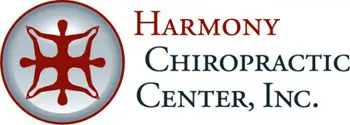MORE INFORMATION ABOUT DR. ROYER
Dr. Bryan D. Royer has been practicing chiropractic medicine in the Toledo area since 2005. He graduated summa cum laude as the class salutatorian from the National University of Health Sciences (NUHS) in 2004. Dr. Royer’s earned a Bachelor of Science with a major in biology from the University of Dayton in 1999 and another Bachelor of Science with a major in human biology in 2002 from NUHS. He is a Board Certified Chiropractic Neurologist practicing in the Toledo area and is also a Certified Chiropractic Sports Physician® (CCSP®). Dr. Royer is the only healthcare provider in the Toledo Area to be certified in Graston Technique® and he is also a Certified Kinesio Taping Practitioner™ (CKTP™). He is a member of the American Chiropractic Association, the Ohio State Chiropractic Association, the Northwest Ohio Chiropractic Association, the International Association of Functional Neurology and Rehabilitation, the ACA Council on Neurology, the American Academy of Spine Physicians and the Kinesio Taping Association.
